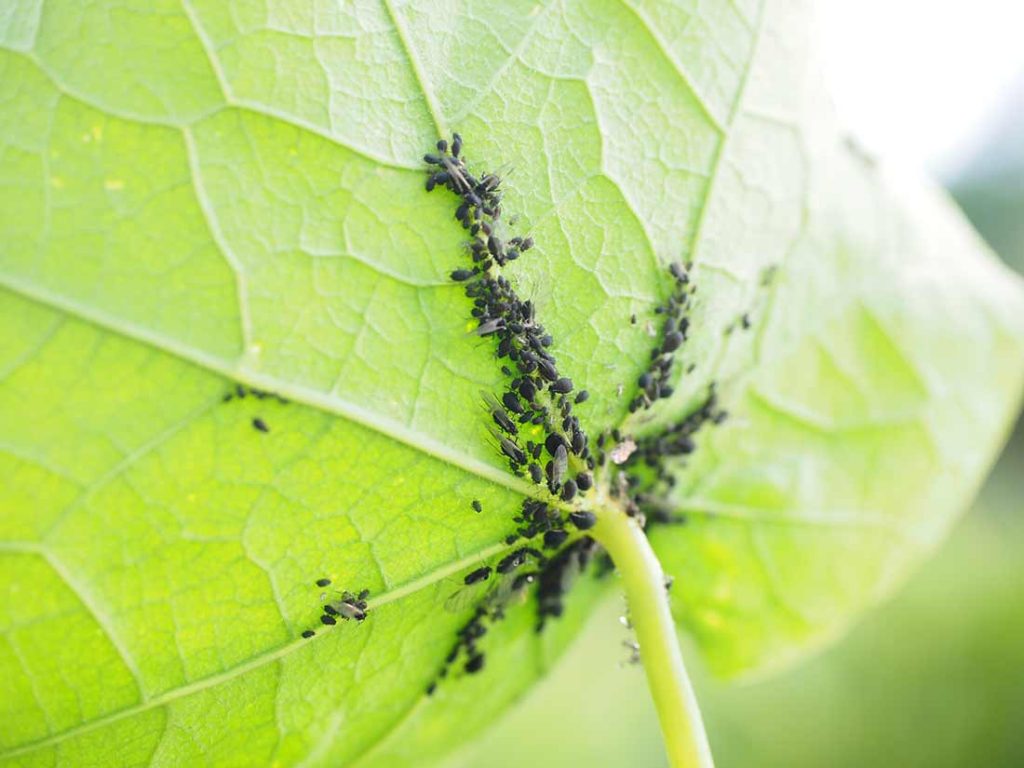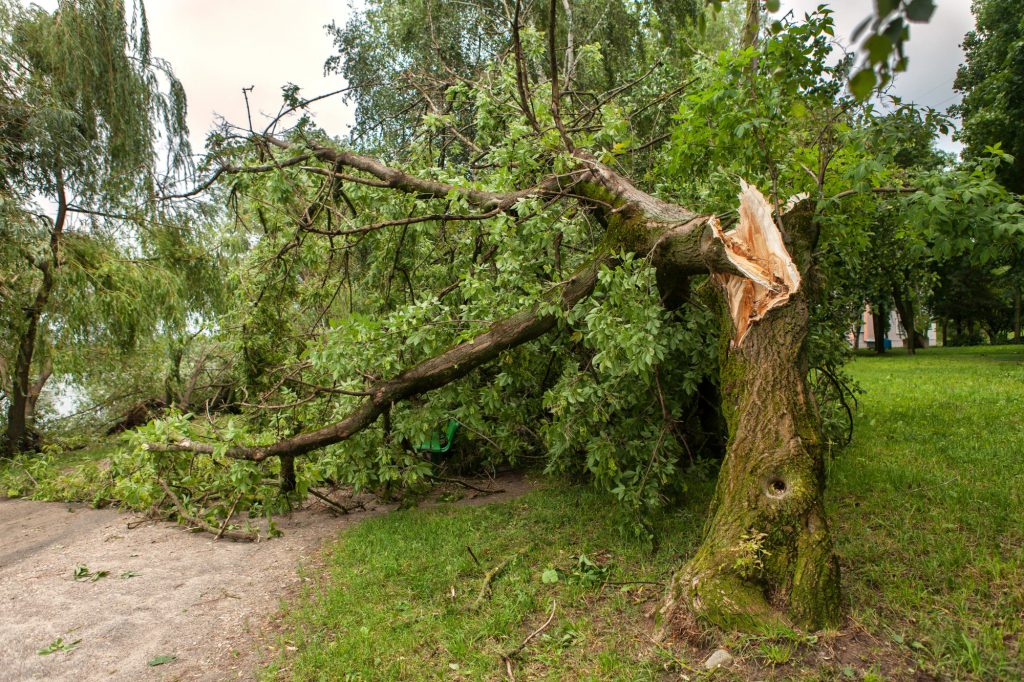
When you see insects crawling across one of the trees in your yard, you probably don’t give it a second thought. After all, plants and insects have a reciprocal relationship, don’t they?
While this is often true, certain types of insects are greedier than others, and a large enough pest infestation can wreak havoc on your tree’s health. Over time, the tree damage can act like a sickness, making it difficult for your tree to create and transfer the nutrients it needs to survive.
That’s why it’s crucial to keep an eye out for warning signs that the insects on your tree aren’t causing harm. Here are a few things Texas homeowners should look for.
1. Chewed Foliage
One of the most obvious signs that you have a tree infestation is chewed foliage.
Check the leaves of your tree with care for any signs of holes or damage. You might see small, round holes, leaves with jagged edges, or leaves that seem to be chewed through in lines. In some cases, you may only find the “skeletons” of leaves, meaning that the veins are in place, but the middle part between them is gone.
The culprit here could be one of several pests, including beetles, weevils, or insect larvae, depending on the pattern of the damage.
Note that it’s not uncommon to see a few leaves with holes here and there on a well-established tree. This cosmetic damage is often temporary and won’t harm your tree in the long run.
However, when you start to notice that a significant portion of your tree’s leaves have been eaten away, especially when you’re only seeing a single chewing pattern, it’s time to call an expert. This systemic damage can be tricky to treat without help.
2. Damaged Tree Bark
While some tree pests stick to the softer foliage for their diets, others eat away at the protective bark on your tree. Most tree borers, such as termites or certain beetle species, will lay their eggs inside of your tree, allowing the emerging larvae to eat away at your tree as they grow.
Unfortunately, this damage isn’t just cosmetic. Tunneling damage can impact your tree’s vascular system, which can prevent it from pulling essential nutrients from its roots into its leaves and branches. If left untreated, parts of your tree will begin to wither and die over time.
Be on the lookout for signs like bark holes or winding tunnels around the outside of your tree. You may also see something that looks like sawdust or wood shavings collecting around the base of the trunk.
3. Misshapen or Curling Leaves
One common infestation can leave a rather odd sign behind: distorted foliage.
Aphids are tiny pests that are often small enough to go unnoticed, but in large numbers, they can eat away at the sap in your tree’s leaves and stems. This removal drains the substance that helps leaves keep their form, which can cause them to look misshapen, curled, or even yellow.
4. Mold or Mildew
Often, homeowners notice a strange growth on their tree’s bark, leaves, branches, or twigs. Sometimes, this growth may look like mold or mildew, or it may even look like a fungal growth. This worrying type of tree damage may appear white and cottony, black and sooty, or like a patch of grey flecks.
You might be surprised to know that this “mold” is often a colony of insects!
Certain species of aphids can appear white and cottony in color, as can certain types of scale insects. These bugs can be as small as 1/16”, which can make them difficult to see unless they’ve gathered in a group.
In addition, certain insectoid eating habits—like those of aphids—can create a byproduct you may notice on the underside of your leaves or branches. This sticky byproduct, called “honeydew,” isn’t easy to spot on its own—but you’ll often notice the sooty, black mold that tends to collect on it. In some cases, honeydew may promote bacterial growth that can eventually help kill off your aphids, but it’s always better to take care of this problem as soon as possible.
5. Stippled or Faded Foliage
Where aphids suck the sap from your tree’s foliage, other insects often suck the juices from them. This can have a different effect on the leaves: it gives them a stippled, polka-dot look. It can also make their color appear faded or dull from afar. This effect is common when your tree is home to mites or lace bugs.
6. Leaning
A leaning tree trunk can be the result of many different issues, including underground damage or interior decay.
However, in some cases, the culprit may be plant pests, especially in younger trees or trees with a severe infestation. If insects have had a chance to bore away at your tree’s trunk for an extended period of time, your tree may become unstable, making it a dangerous hazard to have in your yard.
What to Do About Tree Damage From Pests
If you’ve noticed any of the signs of damage above, it’s a good idea to do a visual inspection of your tree to see the damage and to see if you recognize any of the common pests in Texas. Equipped with this knowledge, you might be tempted to call an exterminator to get rid of your unwanted tree pests. Not so fast!
Calling an experienced arborist is always the solution when you want to preserve a healthy tree. In some cases, an expert might recommend a few smaller changes before trying to treat the area for pests, such as pruning or soil amendments to help make your tree less vulnerable to the infestation. These small changes can help your tree regain health and better defend itself, whether or not you’ll need additional insecticide.
Contact an Arborist to Save Your Tree
If you’ve noticed any of the signs of insect infestations above, it’s time to act fast. Most of the common pest species here in Texas are fairly small, but they can cause a great deal of tree damage in large enough numbers!
That’s where we come in. Our team of ISA-certified arborists specializes in high-quality tree service, including pest removal. To learn how we can help, contact us today.




